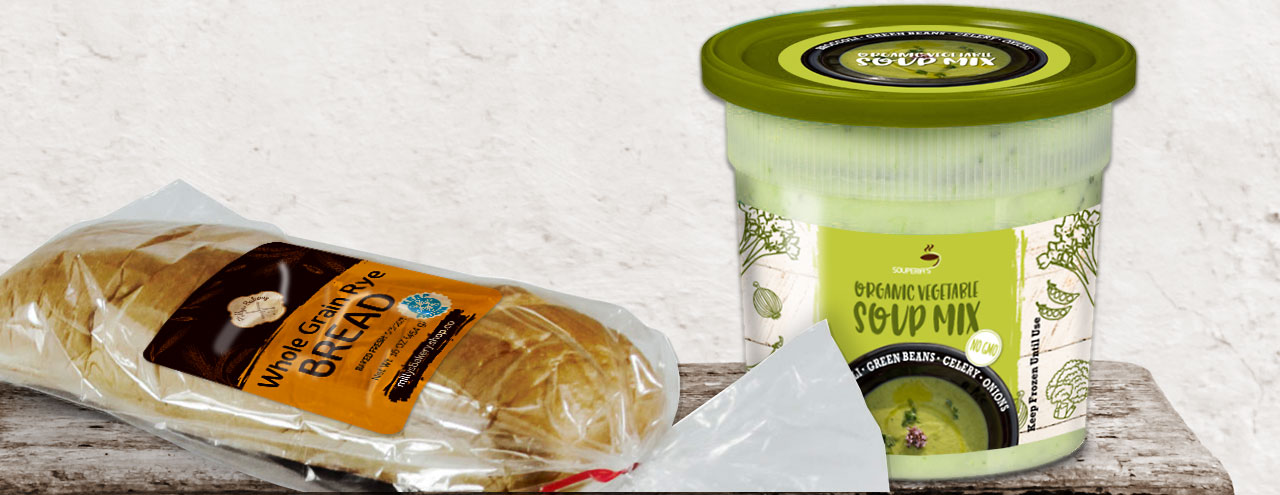The food industry is facing radical changes driven by consumers who are increasingly concerned about their personal health, and the health of their environment. Fast food, mass food production and waste are out; healthy food and local, organic production are in.
However, the pace of life isn’t slowing down, so in addition to wanting to live healthfully, consumers also prefer food that can be consumed anytime and anywhere. That’s an opportunity for frozen food industry right there. Many food manufacturers are following these new trends and focusing on healthy frozen food production, looking to answer the growing demand. According to Allied Market Research the frozen food market is growing steadily each year, but it’s especially seen a boost in the past year thanks to the millennial generation that wants four things out of their nutrition: convenience, inexpensiveness, healthfulness and the environmental factor. Frozen food is their perfect match.
How is Frozen Food More Convenient and Less Expensive Than Conventional Meals?
There are six main categories of frozen food: frozen fruits and vegetables, frozen meat, frozen soups, frozen seafood, frozen ready-to-eat meals and other frozen products (such as pizza). Most of these products are less expensive than their fresh counterparts, even though the process of freezing food usually involves packaging and freezing items at the peak of their ripeness/freshness, so once defrosted, they will remain as fresh as they were before freezing.
Many frozen food products are also more convenient than conventional foods, especially ready to eat meals and frozen veggies. Vegetables are blanched and chopped before freezing, so people can skip the tedious step of cutting them before cooking.
How Can Frozen Food Contribute to Reducing Food Waste?
As we mentioned, another thing that drives frozen food popularity is its ecological factor. The frozen food industry has an excellent opportunity to decrease the scandalous percentage of wasted food around the globe. Educating consumers on ways to properly store and freeze food bought in bulk can reduce the amount of food that is annually thrown away, especially in developed countries. This also has a positive effect on household budgets.
To motivate consumers even more to use frozen food, many food manufacturers are investing in innovative defrosting technologies, as well as maximizing their efforts to make their frozen food products as nutritious and beneficial as fresh products.
Who Else Shops for Frozen Food?
Aside from individual consumers, many of whom are millennials, the frozen food market has a wide range of “business” customers. Those are hotel chains, fast food venues, restaurants, catering professionals, etc. One especially attractive trait of frozen food is that it makes products available all year round. That might not be so important to individuals and families, but it’s very relevant to restaurants and caterers.
It’s now up to the food industry to improve freezing technologies, so that frozen food becomes just as healthy and nutritious as fresh. That way the use of frozen products can only keep increasing.

